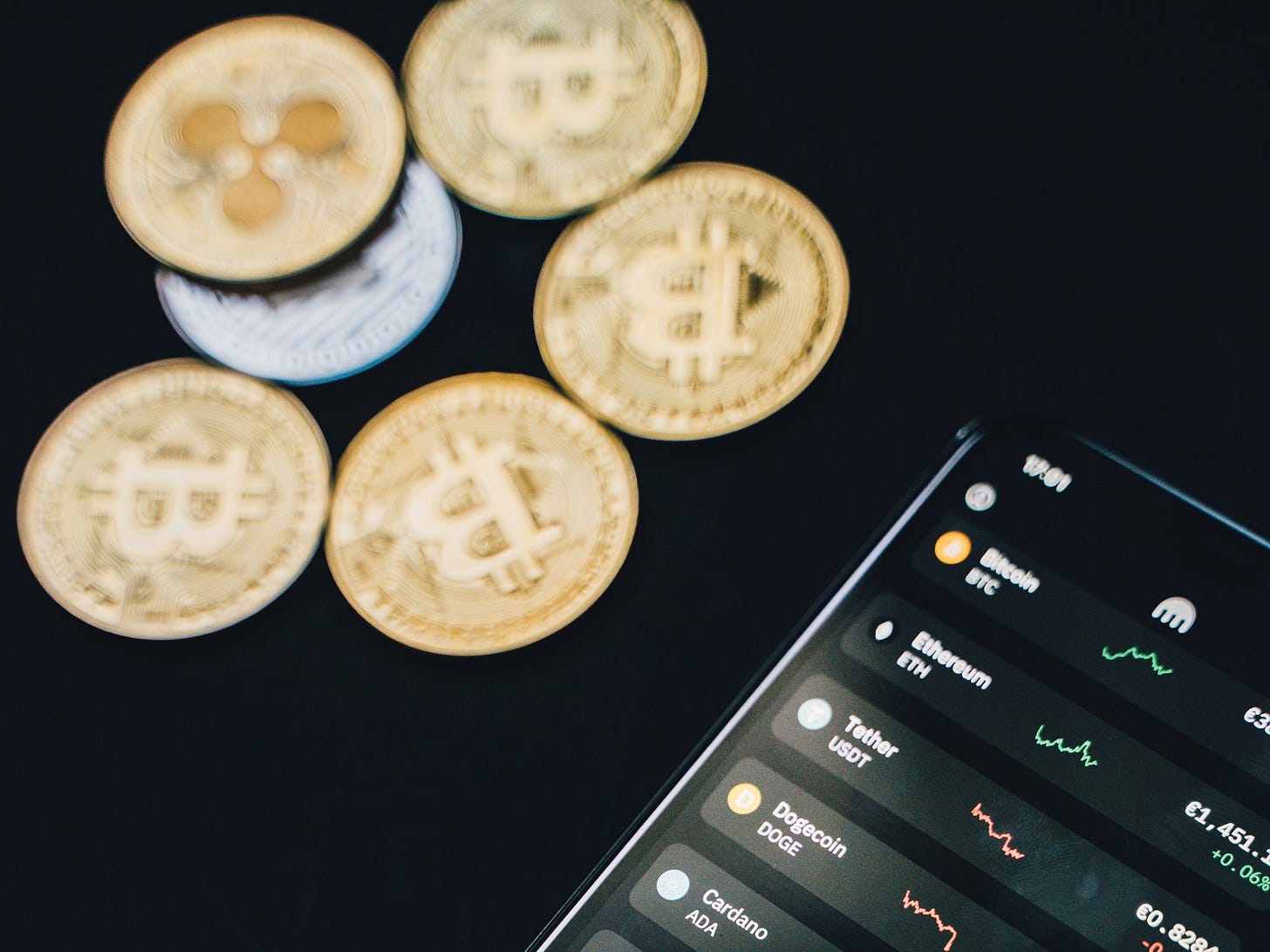Central Bank Digital Currencies
What is money?
According to the Mises Institute, money is the most marketable commodity. In practical terms, money is your labour condensed in physical form, i.e., a good or service. Holding money means holding a stored division of your time and energy, which may be exchanged for another’s time and energy.
A market establishes the exchange value of goods and services, where currency is the accepted medium of exchange. The currency could be money itself—e.g., corn, silver, labour, etc.—or could be a money substitute. A money substitute is called a note, which is a contract, and is referred to as, “paper currency.”
A digital currency is used in markets that accept digital units of exchange. A digital currency—much like a paper currency—is a money substitute, where its value is derived from some underlying good or service.
Presently, we participate in markets that accept digital currencies, which include digital bank deposits, credit and decentralized tokens. What’s the difference between these digital currencies and Central Bank Digital Currencies (CBDC) ?
A CBDC is a digital currency issued by a central bank. To understand its function, the European Central Bank created a set of Frequently Asked Questions. According to the FAQ, a CBDC:
Operates alongside cash;
Is backed by a central bank;
Is risk free with respected privacy and protected data, and;
Is secure and as easy to use as cash.
A CBDC is promoted as a parallel legal tender system that securely stores personal data within a central bank data center. It’s a programmable currency, which has a digital ledger system that records transaction histories of buyers and sellers.
Why would governments use a CBDC?
Some consulting firms promote the benefits and potential of a CBDC as following.
“The current pandemic has triggered the decline of cash usage to avoid getting the virus and safeguard the most vulnerable ones (health-wise). Economic wise, as many governments wanted to protect their citizens and directly stimulate the economy down to every citizen, they offered ‘helicopter money’ via digital wallets.” — 5 Things You Need To Know About CBDCs, Consult Hyperion
Since a CBDC is programmable, a central bank can directly implement monetary policy at various levels to influence economic activity. A CBDC at the retail level may replace ration stamps. This provides programmable resource allocation for food, energy, housing, etc. through smart contracts based on government direction.
This level of control empowers government with the ability to encourage spending through currency expiration dates, direct negative interest rates, automated tax collection and the ability to track and trace suspected criminal activity.
“A high level of privacy could also be supported in other ways. For example, users’ identities could be kept separate from the payment data, allowing only financial intelligence units to obtain this information within a well-defined legal framework in order to identify the payer and payee when criminal activity is suspected.” — European Central Bank
CBDC progress in developed nations
Many countries are researching and prototyping the efficacy of a CBDC. See the CBDC Tracker to view the state of CBDC deployment globally. Canada is actively prototyping and experimenting with a CBDC payment system. Below is an excerpt from the Bank of Canada:
“We are building the capability to issue a digital version of the Canadian dollar … Canadians can trust and rely on so we can be ready should the need arise. Currently, we do not have plans to issue a digital currency. Ultimately, Parliament and the Government of Canada will determine if or when to issue a CBDC.” — Bank of Canada
The statements from the Bank of Canada seem neutral, but should cause some concern. Notice the statement, “Parliament and the Government of Canada will determine if or when to issue a CBDC.” Compare that with the statement, “… should the need arise.” Under specific circumstances—e.g., a financial system emergency—government will introduce the prepared CBDC despite, “[The Bank of Canada does] not have plans to issue a digital currency.”
This has the potential to integrate with the pre-developed vaccine certificate system used in 2021/2022 and form the basis of a social credit system.
Regardless of your opinion of government and their recent emergency response, a CBDC offers no additional utility for citizens compared with existing payment systems. It’s a tool for government, which is likely to be issued during an emergency. In a financial system emergency, existing bank deposits may be locked-in from a bail-in scenario and converted to a CBDC with programmable access.
Does this raise concerns? You need to do what’s best for you, your family and your community. Returning to physical cash, hard assets and local markets eliminates the negative aspects of a CBDC system. Be mindful of the potential risks from those claiming to ‘protect’ you.
A CBDC is only valid in a market that accepts it as payment for goods and services.
If you’re concerned, become a local market maker. Rebuild your community.





